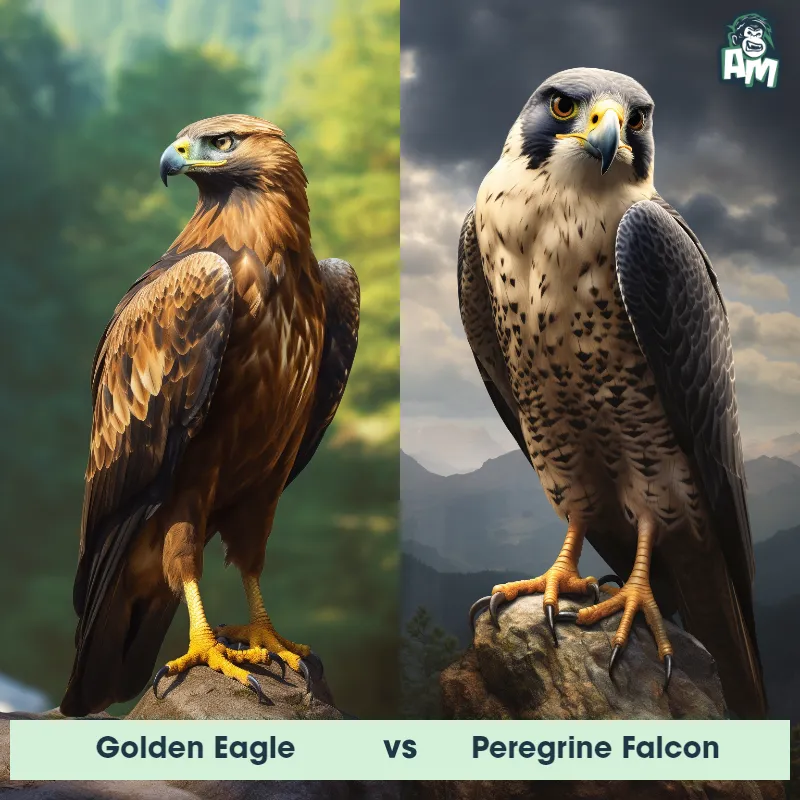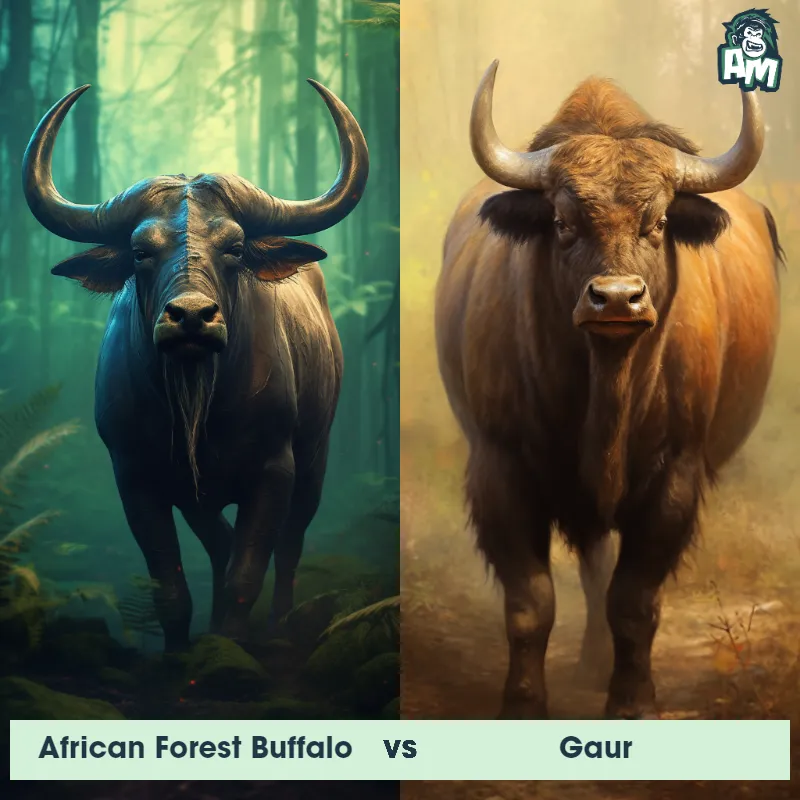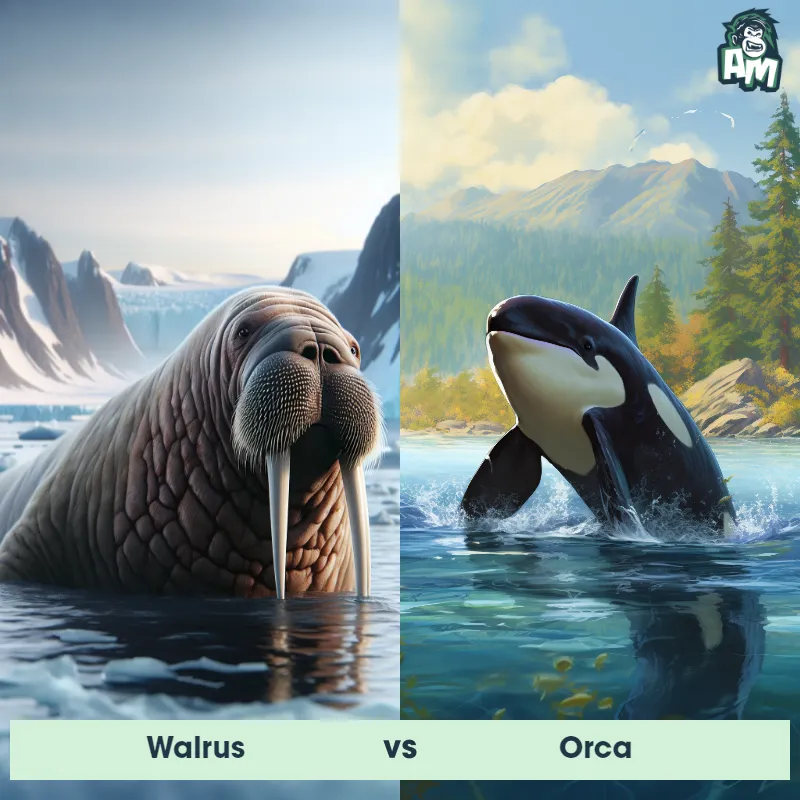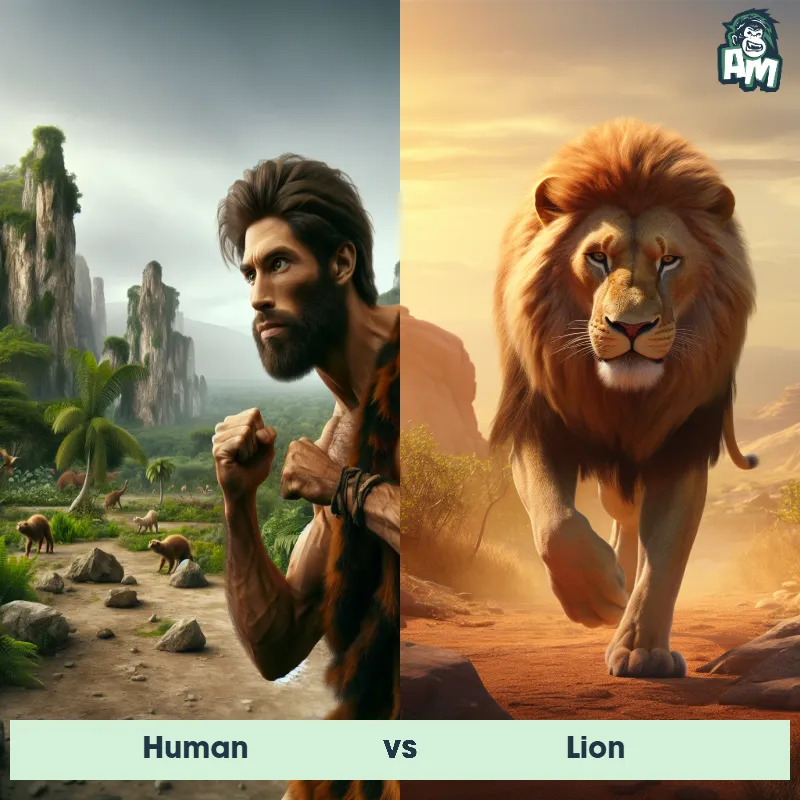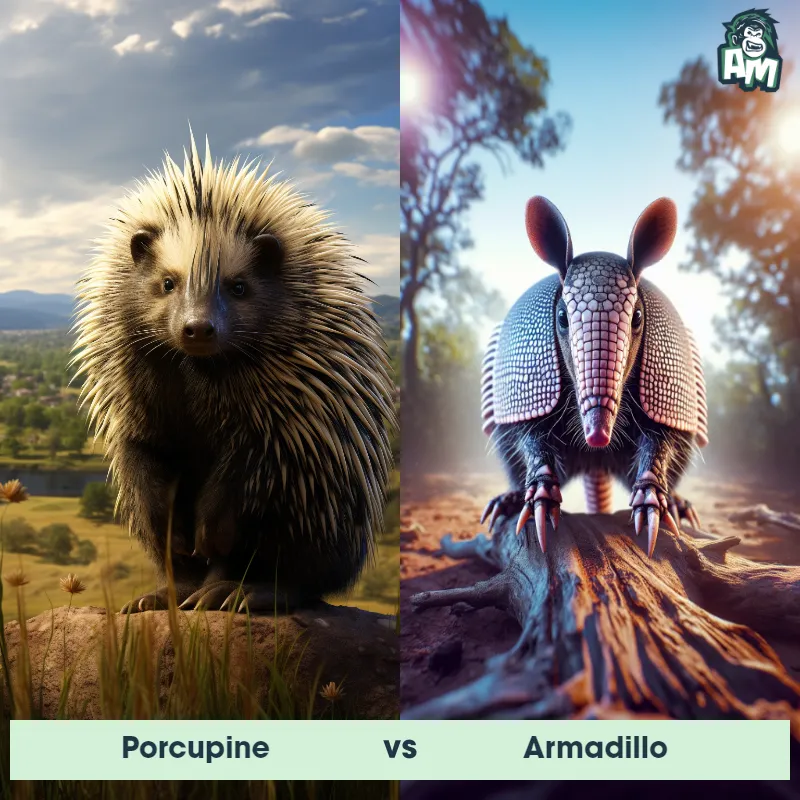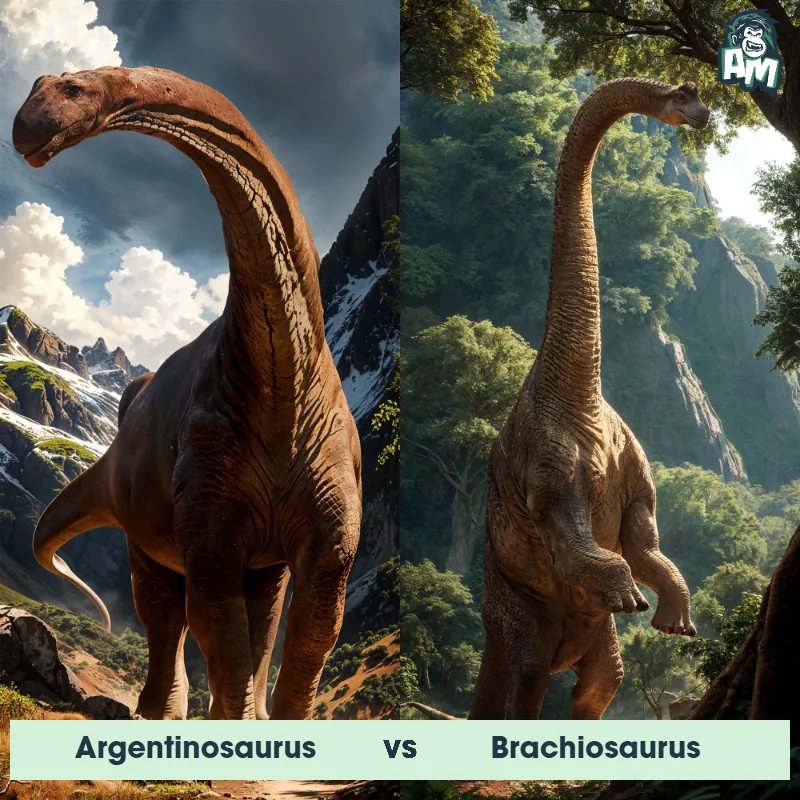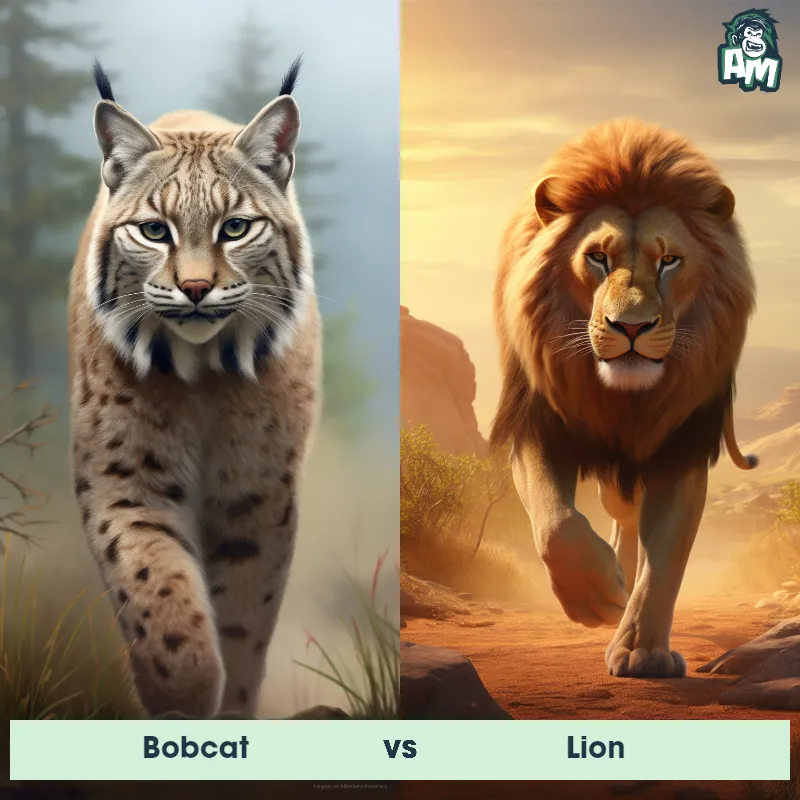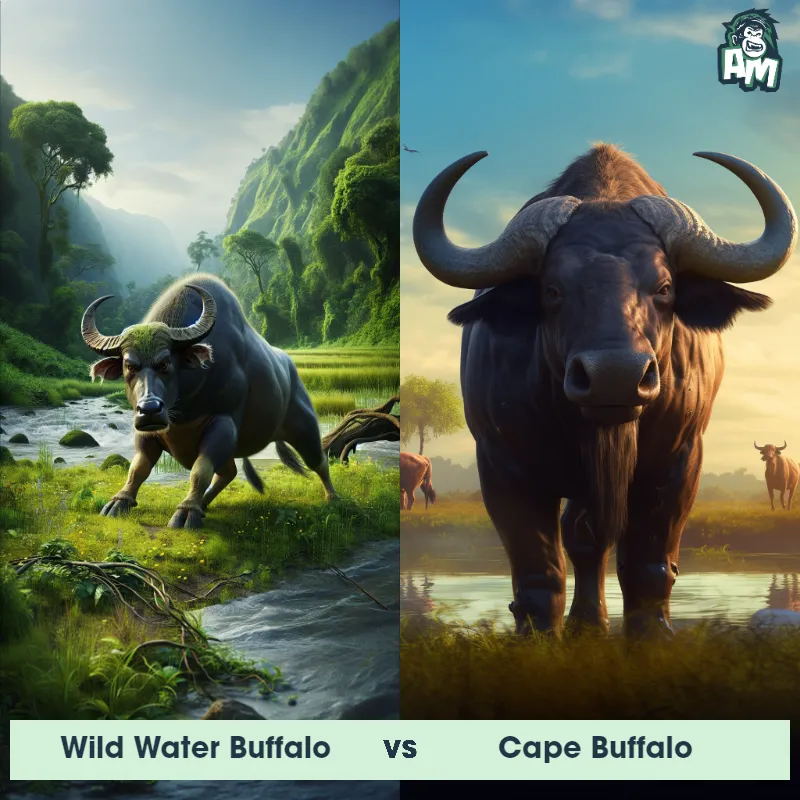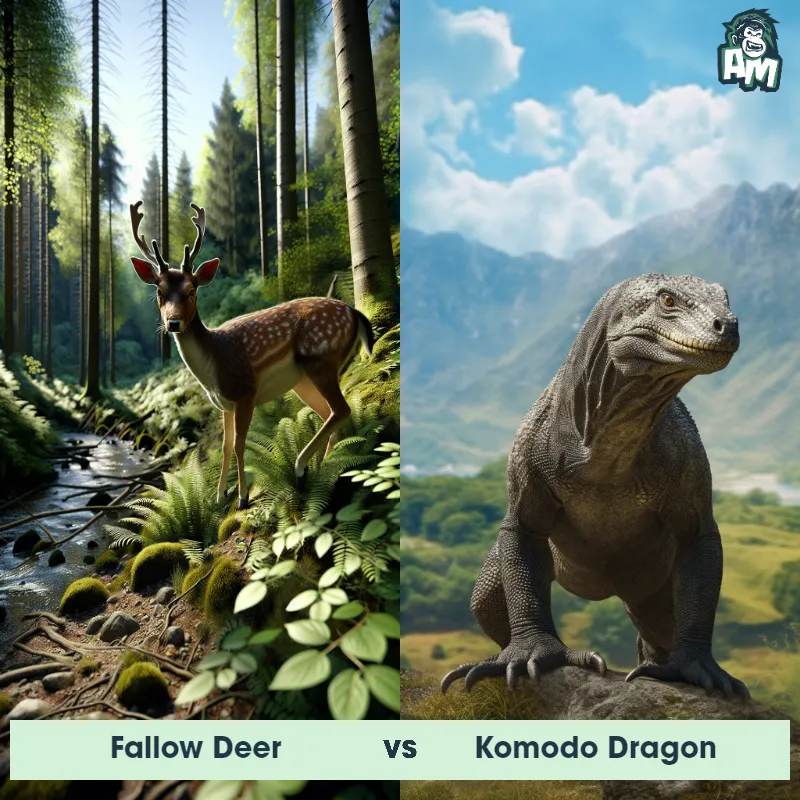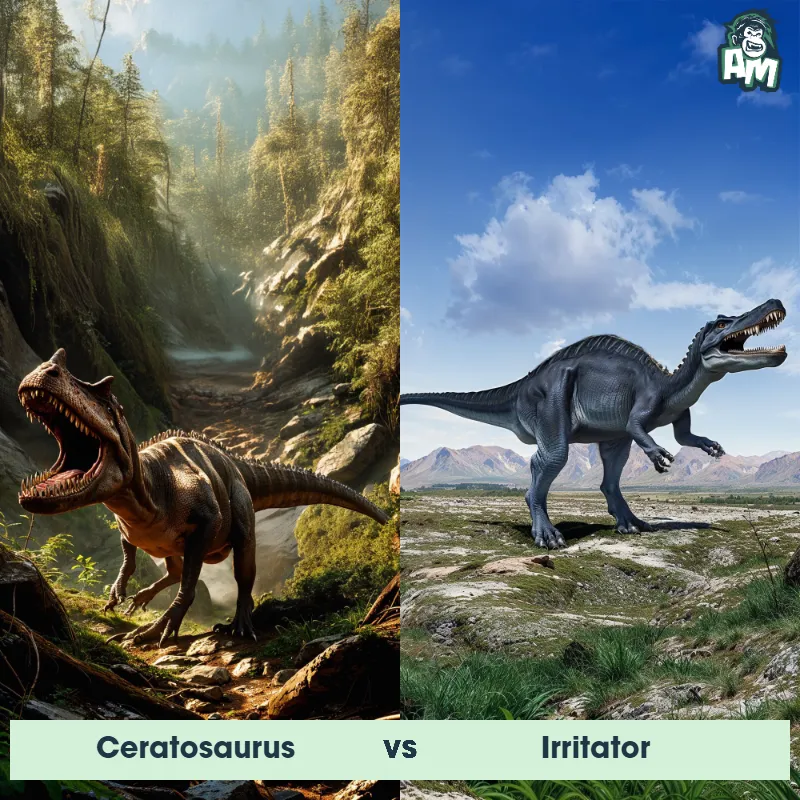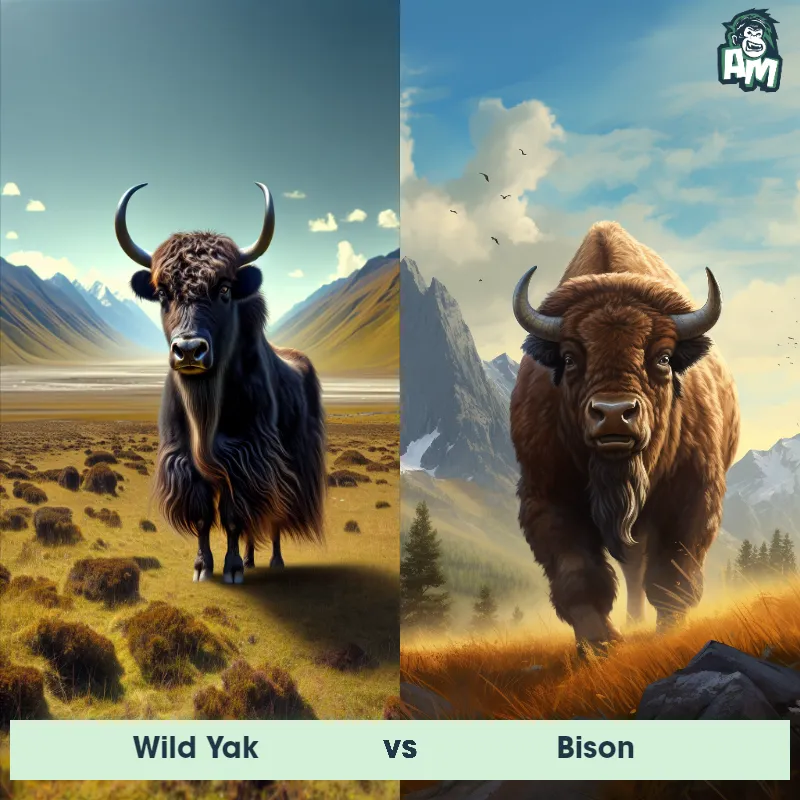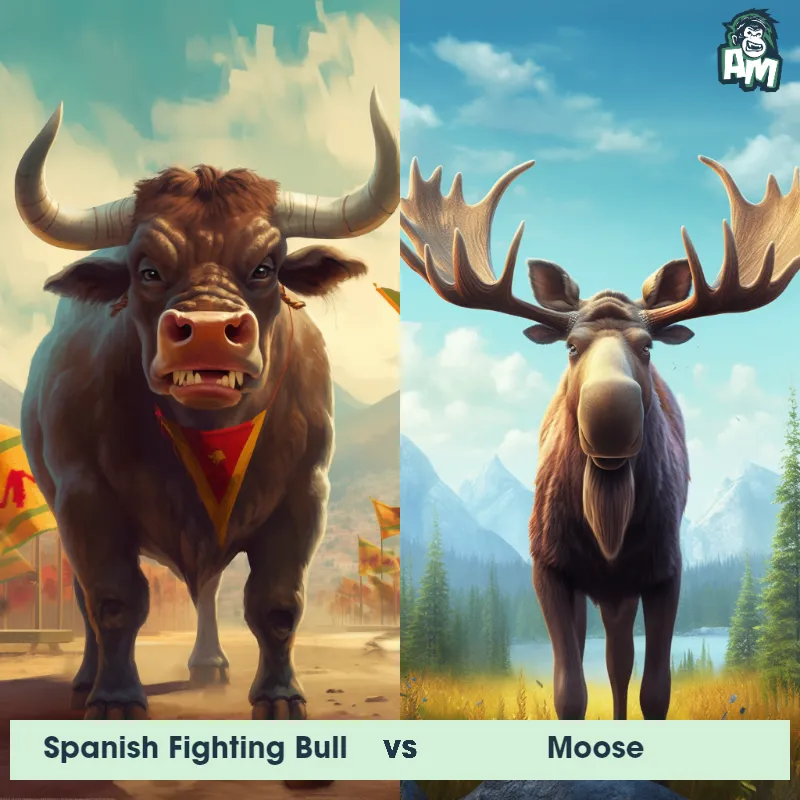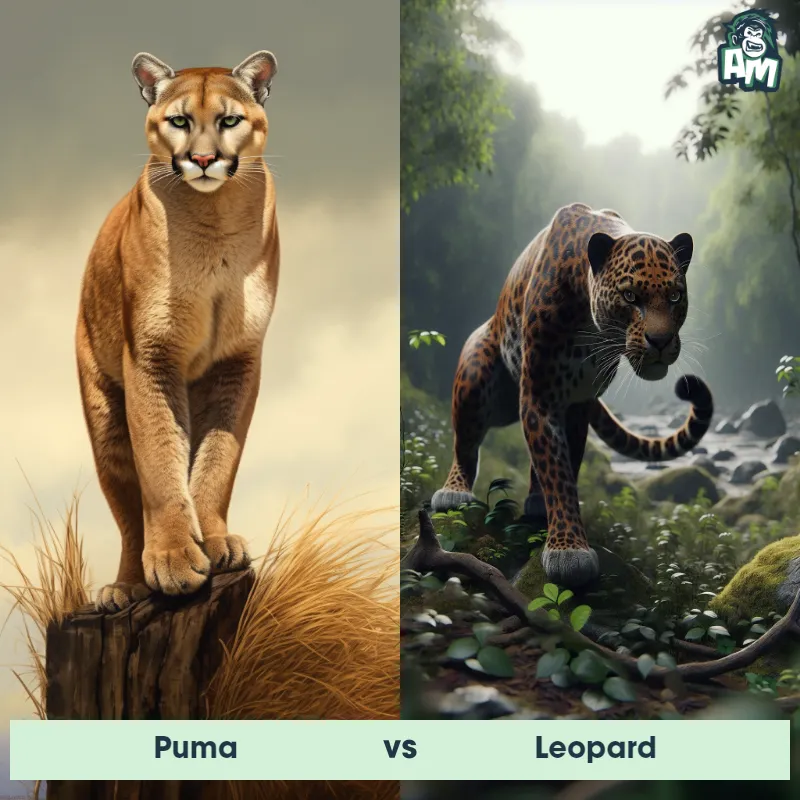Bobcat vs BisonSee Who Wins
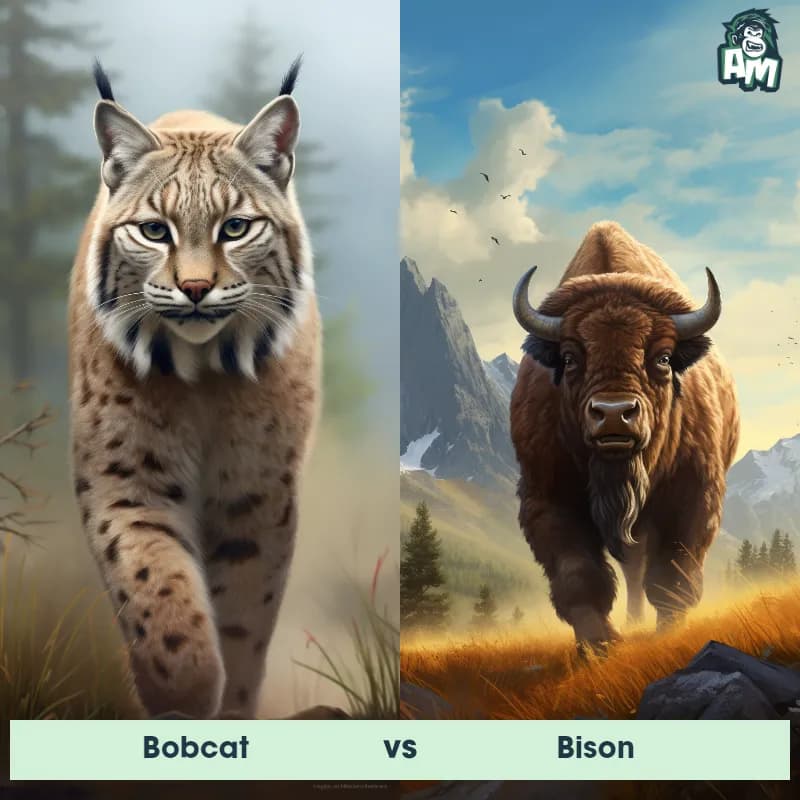
Ladies and gentlemen, welcome to this thrilling matchup between two fierce competitors! It's a faceoff between the agile Bobcat and the mighty Bison. Both these animals possess remarkable strengths and strategies. We're in for quite a showdown tonight!
Contender 1: Bobcat
The Bobcat, also known as Lynx rufus, is a medium-sized wild cat native to North America. They have short, reddish-brown fur with black spots and tufted ears. Bobcats are known for their distinctive short tails, which are only 5-6 inches long. They are solitary animals and are most active at dawn and dusk. Bobcats are skilled hunters and prey on small mammals, birds, and reptiles.
Fun Fact: Bobcats are excellent climbers and can easily scale trees to escape predators or hunt prey.
Contender 2: Bison
The bison, also known as the American buffalo, is a massive, hump-shouldered beast known for its iconic place in the history and folklore of the American West. They are covered in a shaggy, dark brown winter coat, and have a lighter-weight, lighter brown summer coat. With their massive size, adult males can weigh up to 2,000 pounds, and both males and females have short, curved horns, which they use in fighting for status within the herd and for defense.
Fun Fact: Despite their massive size and seemingly lumbering movements, bison are remarkably agile and quick, capable of running up to 35 miles per hour and jumping high fences.
Matchup Stats
| Bobcat | Bison | |
|---|---|---|
| Size | 2-3 feet (0.6-0.9 meters) in length | 5-6.5 feet tall at the shoulder (1.5-2 meters) |
| Weight | 15-30 pounds (6.8-13.6 kilograms) | Up to 2,000 pounds (907 kilograms) |
| Speed | Speed: 30 mph (48 km/hr) | 37mph (60km/h) |
| Key Strength | Powerful legs and sharp claws | Powerful size, speed, and horns |
| Biggest Weakness | Small size compared to other predators | Limited agility due to size |
Current Votes
Bobcat vs Bison
See Who Wins
View More Matches
Looking For More?
Similar Matches
Scientific Stats
| Bobcat | Bison | |
|---|---|---|
| Scientific Name | Lynx rufus | Bison bison |
| Family | Felidae | Bovidae |
| Habitat | Forests, deserts, suburban areas | Grasslands, prairies, and forests |
| Geography | North America | North America |
| Diet | Small mammals, birds, reptiles | Herbivore, primarily grasses and sedges |
| Lifespan | 10 years - 15 years | 12 years - 20 years |
Key Differences between Bobcat and Bison
- Horns: While Bobcats lack horns, Bison (specifically the males) possess impressive horns that curve upward and can grow up to 2 feet long. Females, however, usually have smaller or even absent horns.
- Facial features: Bobcats have prominent, pointed ears with black tufts on top and white undersides, as well as unmistakable facial ruffs resembling sideburns. On the other hand, Bison have large, rounded ears and a broad, flat face.
- Build and body shape: Bobcats have a slender and agile build, characterized by long legs and a small head in proportion to their body size. In contrast, Bison are known for their large and robust build, with a humped shoulder and massive head, giving them a distinctive appearance.
- Size: The Bobcat is significantly smaller in size compared to the Bison, with an average length of approximately 3 feet and a weight of around 20-30 pounds, while Bison can reach lengths of over 10 feet and weigh up to 2,000 pounds.
- Coloration: Bobcats have a distinctive spotted or mottled fur pattern, ranging from grayish-brown to a reddish-brown color. In contrast, Bison have a shaggy, dark brown coat that may appear almost black.
- Tail shape: The Bobcat has a relatively short and bobbed tail, measuring around 4-7 inches in length, which is a distinguishing feature. In contrast, Bison have long and tufted tails that hang down and can reach 2-3 feet in length.



